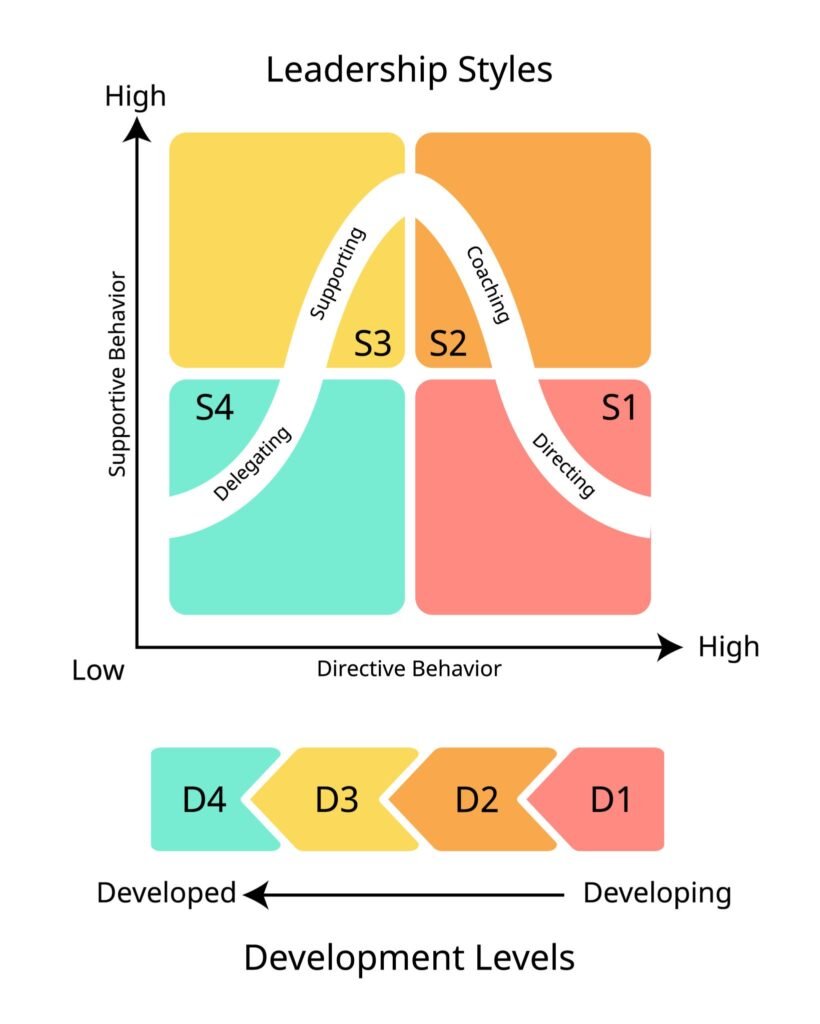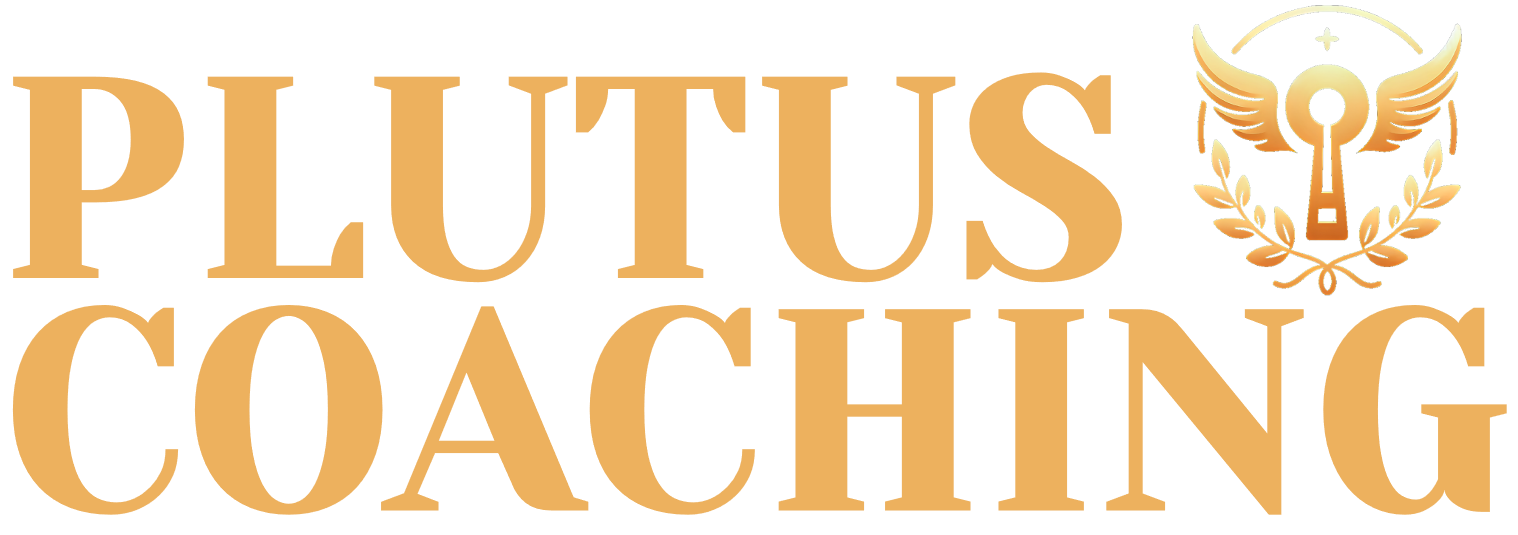The game of leadership has changed. Your job title used to be enough to make people listen, but today, being a great leader is about influence, not just authority. You need to shift your focus from simply giving orders to becoming a coach, a partner, and a source of inspiration.
When you master the right skills, you build trust, drive innovation, and make teams excited to follow you. The best leaders today show Insight, Honesty, Courage, and Flexibility.
Based on deep organizational research, here are the 10 core skills that will set you up for success, along with a clear path for how to get them.
Part 1: How to Think Ahead (Strategic Skills)
These skills help you define the future and make smart choices when things are unclear.
1. Visionary Leadership: Defining the Destination
A visionary leader doesn’t just manage the present; they clearly paint the picture of where the team or company is going. This skill is your long-term compass.
How to Achieve It (Vision Formulation):
Ask Strategic Questions: Don’t just deal with the immediate crisis. Block time every week to ask big, challenging questions about what the company will look like in 3–5 years.
Create a Compelling Vision: Your vision needs to be Bold (inspiring and challenging) and Practical (achievable). If it’s too boring, no one will follow it. If it’s too impossible, no one will take it seriously.
Seek Coaching: Getting an outside executive coach is one of the fastest ways to improve strategic thinking because they force you to look at things you miss when you’re caught up in daily work.
2. Adaptive Leadership: Planning for the Unknown
Things change fast. Adaptive leadership means you don’t panic when the market flips; you have strategies ready for multiple possible futures. This builds flexibility and toughness in your team.
How to Achieve It (Scenario Planning):
Stress Test Your Plan: Use Scenario Planning by asking: “What are the two biggest, most uncertain things that could happen in our market?” (For example: Customer privacy laws change + A major competitor enters the space).
Develop Four Narratives: Define four extreme future possibilities based on those two variables. Now, check if your current business plan would survive in all four “worlds.” This finds the weaknesses in your current strategy.
Learn to Manage Up: You need Empathy—the political skill of understanding how important decision-makers will react to your ideas—to successfully guide the organization through change.
3. Decisive and Contextual Decision Making
Organizations with strong decision processes are much more likely to have higher revenue. Being decisive means using the right method for the right situation.
How to Achieve It (Applying Structured Models):
Use the Rational Model for Big Choices: For major, strategic decisions, follow a rational, six-step plan: 1) Define the problem, 2) Set criteria for success, 3) Weight the criteria, 4) Brainstorm options, 5) Evaluate the options, and 6) Choose the best one.
Know When to Involve the Team (Vroom-Yetton): Use a framework to decide if you should make the choice alone or with the team. Ask yourself: Is team agreement critical? Does the team have the key knowledge? Is the deadline tight? Be transparent about why you are, or are not, asking for their input.
Part 2: How to Get Things Done (Execution Skills)
These skills turn your vision into action by empowering your people and making sure commitments are kept.
4. Empowerment and Effective Delegation
You can’t do everything. Delegation is the key mechanism for moving from being a “Controller” to being a “Coach.”
How to Achieve It (Situational Leadership):
Use the Situational Model: Don’t just offload work. Adjust your style based on the employee’s maturity level. Delegating (giving full autonomy) is only for high-maturity people. For others, you may need to use “Telling” or “Selling” to provide more support and clarity.

Overcome Excuses: If you think, “I can do it better myself,” use the Delegation Grid to categorize all your tasks. Find everything that can be done by someone else and hand it over, clearly assigning both authority and responsibility.
5. Cultivating High Accountability and Ownership
Teams only succeed predictably when everyone takes ownership of their part. This is about building a culture of responsibility, not blame.
How to Achieve It (The 5 Cs Framework):
Common Purpose: Make sure everyone knows the shared goal.
Clear Expectations: Define exactly who does what and when.
Communication and Alignment: Keep information flowing horizontally across the team.
Coaching and Collaboration: Provide the support, resources, and tools people need to succeed.
Consequences and Results: Link outcomes to recognition and review.
Normalize Mistakes: High accountability comes when people aren’t afraid to fail. Focus on mistakes as learning opportunities, not as moments for punishment.
6. Leading Organizational Change
When the company undergoes transformation, you are the guide. You need a map to manage the chaos.
How to Achieve It (Kotter’s 8-Step Model):
This framework is leadership-heavy and vision-centric:
Create Urgency: Show the critical reason why things must change now.
Build a Guiding Team: Get a group of influential stakeholders to support the change.
Form a Vision: Clearly explain the new direction to everyone.
Generate Short-Term Wins: Celebrate quick successes. These give everyone momentum and proof that the change is working.
Part 3: How to Lead People (Human-Centered Skills)
These skills focus on trust, communication, and emotional connection, which are the most important elements of modern leadership.
7. Emotional Intelligence (EQ) and Empathy
Your manager accounts for 70% of the difference in team engagement. If your EQ is high, your team’s performance will soar.
How to Achieve It (Active Listening Mastery):
Get 360-Degree Feedback: Find out how others truly see you. Often, your self-perception (how you think you show up) doesn’t match the reality of your impact (how you actually show up).
Master Active Listening: This is your daily empathy tool. Stop what you’re doing (put down the phone!). Pay attention to nonverbal cues (65% of communication is unspoken). Reflect and Clarify: Use phrases like, “I’m hearing that you’re frustrated about X, is that right?” before you respond.
8. Fostering Collaboration and Building Trust
Trust is the foundation. Psychological safety—the feeling that you can speak up and take a calculated risk without being punished—is the bedrock of a high-performing team.
How to Achieve It (Relational Shifts):
Actively Facilitate: Don’t just hope people work together; actively organize and promote collaboration. Ensure every voice is heard and valued.
Break Down Silos: Use mentorship programs to pair people across different departments. When people know each other, they collaborate, building natural trust across organizational lines.
9. Ethical Leadership and Integrity
Integrity isn’t just a buzzword; it’s an essential attribute linked to long-term success. People trust and follow those who are honest and reliable.
How to Achieve It (Culture and Practice):
Lead by Example: When you make a mistake, publicly own it and explain the corrective action. This builds trust faster than any success story.
Be Transparent: Explain your reasoning behind tough decisions (like a difficult pivot or budget cut) to show that ethical considerations are part of your process.
Practice Ethics Scenarios: Use training to practice ethical decisions in tricky real-world situations, like handling sensitive customer data or dealing with a vendor conflict.
10. Conflict Resolution and Negotiation
Conflict is normal, but the way you handle it is the test of your leadership. Great leaders are rational when confronted and aim to solve the root problem, not just the symptom.
How to Achieve It (Diagnosis and Prevention):
Use the “Three Whys”: When a conflict surfaces, don’t stop at the first complaint. Ask “Why?” three times to move past the surface frustration and uncover the true, underlying issue. This shows empathy and helps find a permanent solution.
Train Your Team: Invest in conflict management training for your entire team. Prevention is always better than reaction, and equipping your people to handle their own minor disagreements is hugely powerful.
Your Next Steps on the Leadership Journey
This is your blueprint. Remember, getting great at these 10 skills isn’t about one training course—it’s about consistent effort. The real measure of your success is whether your new behaviors hold up when you’re under stress.
Start by picking one skill from the Human-Centered cluster (like Emotional Intelligence) and one from the Strategic Cluster (like Adaptive Leadership) to focus on for the next 90 days.



